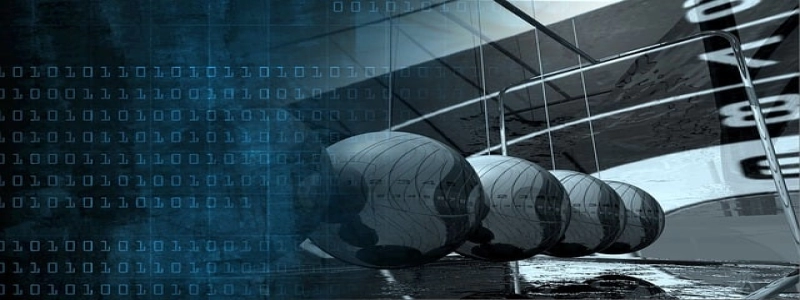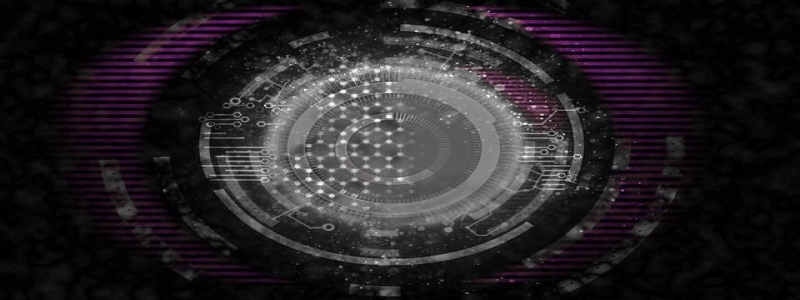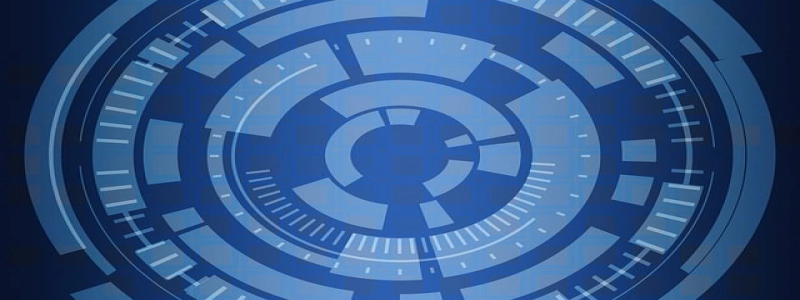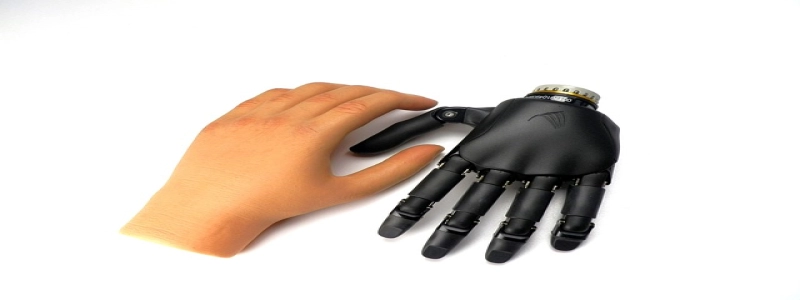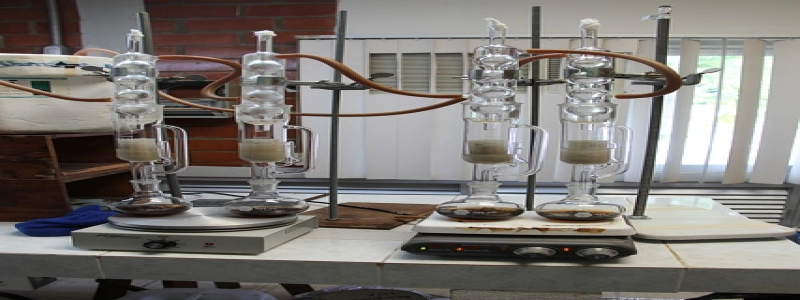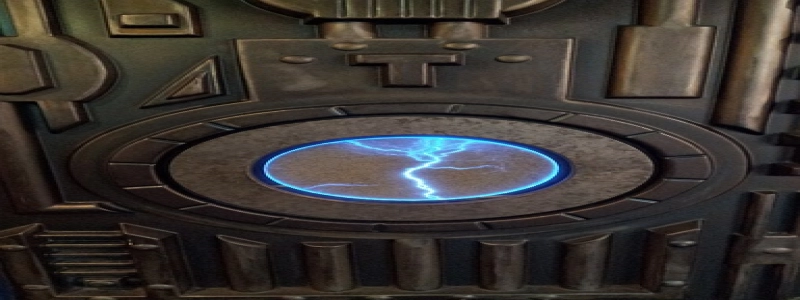SDR Transceiver Kit
I. Introduction
In this article, we will explore the concept of a Software-Defined Radio (SDR) transceiver kit. We will delve into its multiple functionalities and key components, as well as explain how it works to provide a versatile and customizable radio experience.
II. What is an SDR Transceiver Kit?
An SDR transceiver kit is a set of hardware components that enables users to build their own software-defined radio communication system. It typically consists of a radio frequency (RF) front-end, a digital signal processing (DSP) unit, and various other components required for RF communication.
III. RF Front-End
The RF front-end is responsible for receiving and transmitting radio signals. It includes an antenna, filters, amplifiers, and mixers. The antenna captures the incoming radio signals and converts them into electrical signals for further processing. The filters help in selecting the desired frequency range, while the amplifiers enhance the weak signals for better quality. The mixers combine or convert different frequencies for further processing.
IV. Digital Signal Processing Unit
The DSP unit is the heart of the SDR transceiver kit. It uses software algorithms to process and manipulate the received signals. This unit digitizes the signals, performs various filtering operations, and demodulates the signals for audio output. The digital nature of the DSP unit offers great flexibility, allowing users to modify and upgrade their radio’s functionalities.
V. Key Features and Capabilities
1. Frequency Range: SDR transceiver kits are designed to cover a wide range of frequencies, allowing users to tune in to radio signals across different bands. It supports both low-frequency and high-frequency ranges, making it suitable for various applications.
2. Modulation Schemes: With its advanced DSP unit, an SDR transceiver kit can support multiple modulation schemes, including AM, FM, SSB, and even digital modes like DMR and D-Star. This flexibility allows users to explore different types of radio communication.
3. Software Control: Unlike traditional radios, SDR transceiver kits are mainly controlled through software. This means that users can customize and configure their radio system using a computer or a smartphone. It provides an intuitive and user-friendly interface for adjusting frequencies, selecting modulation schemes, and managing other settings.
VI. Applications
SDR transceiver kits find applications in various fields, including amateur radio, emergency communication, education, and research. Amateur radio enthusiasts use these kits to build their own radios with unique features and capabilities. Emergency response teams rely on SDR transceivers for their flexibility and adaptability in critical situations. Educational institutions use SDR transceiver kits to teach radio communication principles and digital signal processing concepts.
VII. Conclusion
The SDR transceiver kit offers unprecedented flexibility and customization options in the realm of radio communication. With its RF front-end and powerful DSP unit, users can explore different frequencies, modulation schemes, and even upgrade their radio system’s capabilities through software. This kit caters to a wide range of applications and demonstrates the advancement of radio technology in the digital age.

